KRAV MAGA BELTS
Krav Maga’s teaching in the civilian world follows a color-graded system of belts. However, the courses in the world of security and safety do not obey this graduation scheme.
Following the division in belts, we can divide the teaching of the Krav Maga into 2 parts: the first that goes from the white belt to the blue belt, when we learn the self-defense techniques; and the second, from the blue belt to the black belt, when we learn the techniques of close combat, military combat techniques and more complex exercises.
Click on the photo and see a brief description of each track.
At this early stage, it is important to learn the movements with great attention to detail. We will find the first movements of release and attacks, and most of these can be applied in any kind of aggression, for short or medium distance. We must practice the blows many times, with slow movements. Then, having assimilated the exercises in all their details, the speed must be increased to the maximum possible. And it is important to remember: only with too much repetition the exercise will increasingly result in better performance.
BEGINNERS
At this stage, the first defense movements against punches and kicks will be taught, as well as more releases and immobilizations in general. Here, the student begins to learn to "read" the enemy, sensing his intentions and movements, and reacting against them.
YELLOW BELT
When we reach the orange belt, the students should have full mastery of the techniques already taught and should be able to use them with great efficiency and speed. Here, we will learn more complicated exercises for short distances, which will require a much faster reaction. This is a stage of transformation of the student, a turning point. The number of techniques is large and its complexity increases gradually. Here, we see the most common and complicated attacks being solved simply, and the student must be prepared for it. In the end, the student will have the first close contacts. It is important to train, persist and do not give up, because after this step, the student will never be the same again.
ORANGE BELT
If in the first three phases the student learned looseness and attacks, in this one he will find even faster and more objective defenses for all these attacks. At this stage the difficulty of the physical preparation increases and there is a need for more speed in the movements. After all, we will find the first exercises against cold weapons, such as knives and batons.
GREEN BELT
At this stage, the student needs to show speed, motor coordination and explosive strength. In the blue belt, the student trains, for the first time, defenses against firearms and enters in the second stage of learning, the hand-to-hand combat part, with or without the aid of weapons or objects.
BLUE BELT
In addition to the exercises against two, three or more attackers, the student will gain the first basic knowledge of close combat. Below we see the order of the belts in Krav Maga and the minimum length of time in each one.
BROWN BELT
Embraces all the knowledge of Krav Maga. To get to it, the practitioner must demonstrate extreme physical and technical skills, besides emotional control, posture and character. This is where you learn defenses from threats with rifles and grenade, antiterror techniques, military philosophy and hostage situations, coming out of simple personal defense and also defending others. It is divided into 5 dans and, at the end, it closes the techniques of the Krav Maga.
BLACK BELT
This is a graduation of honor. The practitioner is no longer technically or physically evaluated, but rather for what he did for the development of Krav Maga. This stage includes 6th and 7th Dan.
RED AND WHITE BELT
From the 8th Dan, the belt turns red. The last graduation of the Krav Maga is the 10th Dan Red Belt, which would fit whoever was named the successor of the creator of the Krav Maga. However, Imi, before his death, did not appoint a successor.





